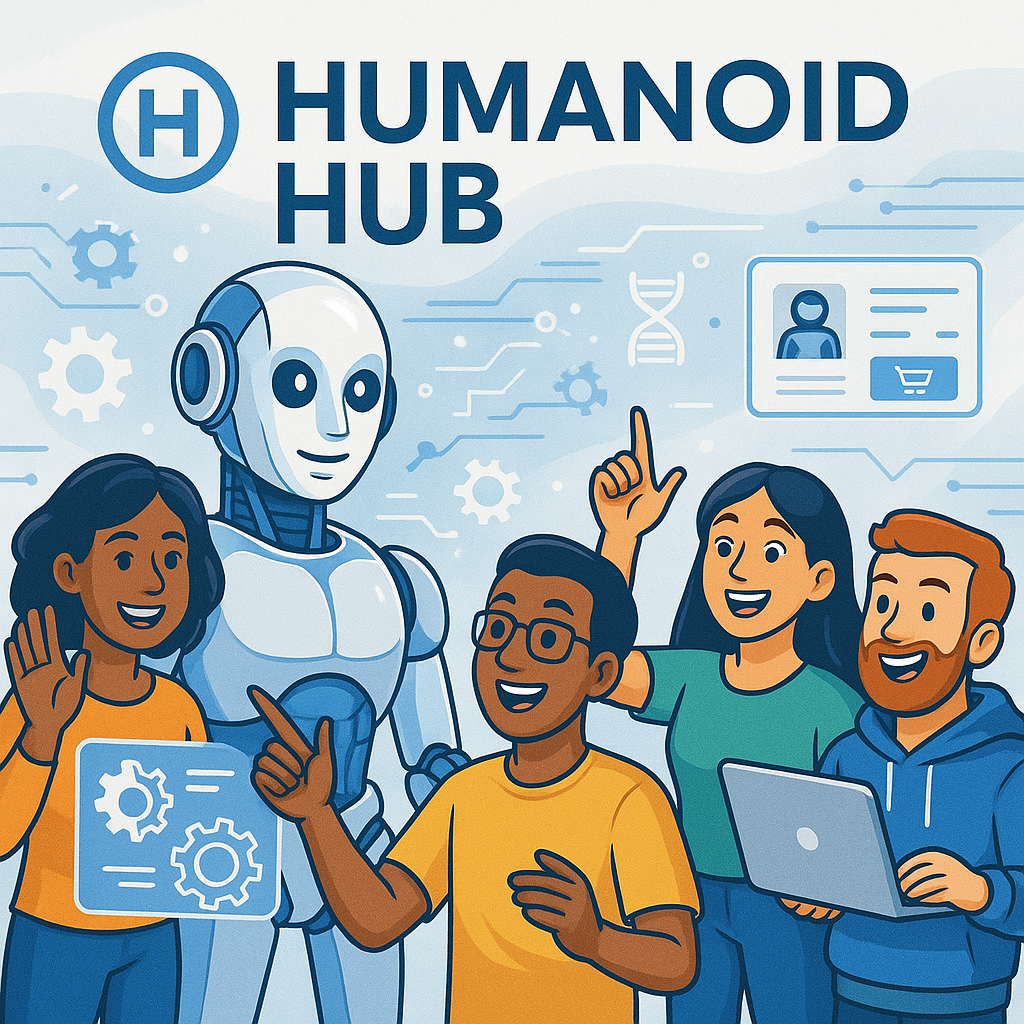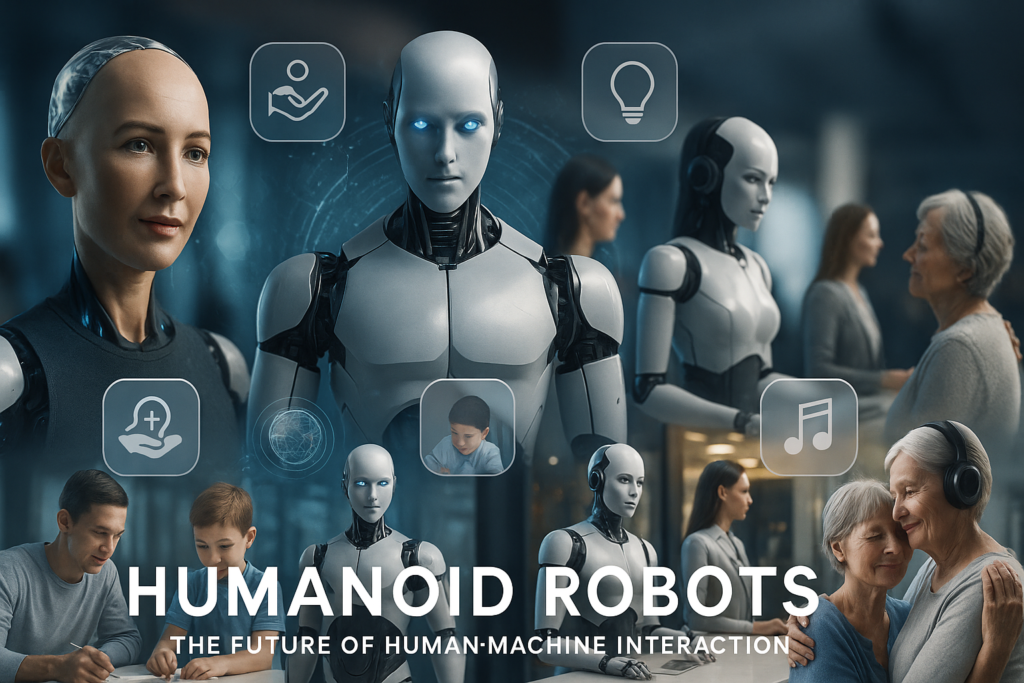Humanoid robots are no longer just the stuff of sci-fi. With rapid advancements in AI, robotics, and machine learning, these robots—designed to look and act like humans—are beginning to enter real-world applications, from healthcare to customer service.
What’s Driving the Change?
At the heart of this revolution is artificial intelligence. Robots like Sophia and Atlas are able to learn, adapt, and interact with their environments in ways that were once unimaginable. Sophia, for example, can hold conversations, express emotions, and even recognize faces, all powered by advanced AI.
Where Are They Being Used?
Healthcare – Humanoid robots are assisting elderly people with daily tasks, offering companionship, and even supporting surgeons in delicate procedures.
Education – In classrooms, robots are providing personalized learning experiences, especially for children with special needs.
Customer Service – From greeting guests at hotels to guiding shoppers in stores, humanoid robots are enhancing customer experiences with human-like interactions.
Entertainment & Companionship – Robots are providing companionship for people in need and even performing on stage, transforming entertainment in the process.
The Road Ahead
Despite their exciting potential, the rise of humanoid robots presents some challenges. Concerns about job displacement, privacy, and emotional manipulation need careful attention as robots become more integrated into our daily lives. But with the right regulations and ethical guidelines, humanoid robots could redefine the way we live, work, and interact.
The future of humanoid robots is bright—but it’s up to us to shape it responsibly. Will we see these machines as helpful partners or as a threat? Only time will tell.

